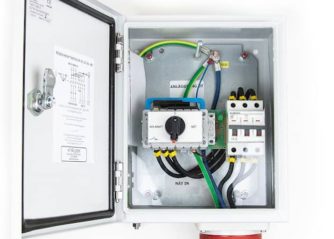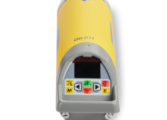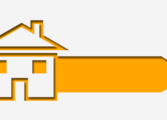The Maximum Deductible for Self-Employed Retirement Plans: A Comprehensive Analysis

Introduction
Retirement planning is an important aspect for individuals, including self-employed professionals. One crucial component of retirement planning for self-employed individuals is the maximum deductible for self-employed retirement plans. In this article, we will provide an in-depth overview of the maximum deductible for self-employed retirement plans, including its various types, popularity, and quantitative measurements. We will also discuss the differences among these plans, their historical advantages and disadvantages, and provide insights into their historical development.
I. An Overview of Maximum Deductible for Self-Employed Retirement Plans

The maximum deductible for self-employed retirement plans refers to the limit on the amount of money self-employed individuals can contribute to their retirement plans while enjoying tax benefits. This limit is set by the Internal Revenue Service (IRS) in the United States and varies based on factors such as age, income, and the type of retirement plan chosen.
II. Presentation of Maximum Deductible for Self-Employed Retirement Plans
There are various types of retirement plans available to self-employed individuals, each with its own maximum deductible limit. Some popular retirement plans for self-employed individuals include Simplified Employee Pension (SEP) IRA, Solo 401(k), and Keogh Plans. These plans offer different contribution limits, tax advantages, and investment options.
1. Simplified Employee Pension (SEP) IRA
– Contributions are tax-deductible and can be made by both employers and employees.
– Maximum deductible contribution limit for 2021 is $58,000 or 25% of the participant’s compensation, whichever is lower.
2. Solo 401(k)
– Contributions can be made by both the employer and the employee.
– Maximum deductible contributions for 2021 are $58,000 or $64,500 for individuals over 50 years old.
3. Keogh Plans
– Also known as HR-10 plans, they provide higher contribution limits.
– Maximum deductible contributions depend on factors such as income, age, and the type of plan chosen.
III. Quantitative Measurements of Maximum Deductible for Self-Employed Retirement Plans
Quantitative measurements are important to understand the impact and benefits of the maximum deductible for self-employed retirement plans.
1. Contribution Limits
– The contribution limits determine the maximum amount that individuals can deduct from their taxable income.
– These limits can vary based on factors such as age, income, and the type of retirement plan chosen.
: Insert video explaining contribution limits and their impact on retirement savings]
2. Tax Benefits
– The maximum deductible contributions reduce the taxable income of self-employed individuals, resulting in potential tax savings.
– By taking advantage of the maximum deduction, self-employed individuals can lower their tax liability and increase their retirement savings.
IV. Discussion on Differences among Maximum Deductible for Self-Employed Retirement Plans
While all retirement plans for self-employed individuals offer tax advantages, they differ in terms of maximum deductible limits, contribution flexibility, and participant eligibility.
1. Maximum Deductible Limits
– Each retirement plan has its own limit on the amount that can be contributed and deducted.
– These limits can impact the overall retirement savings potential of self-employed individuals.
2. Contribution Flexibility
– Plans such as Solo 401(k) may allow for both employer and employee contributions, providing more flexibility for self-employed individuals to save for retirement.
3. Participant Eligibility
– Some retirement plans may have specific eligibility requirements, such as requiring a certain level of income or the presence of employees.
– Understanding these eligibility criteria is crucial for self-employed individuals when choosing the right retirement plan.
V. Historical Overview of the Advantages and Disadvantages of Maximum Deductible for Self-Employed Retirement Plans
Over time, retirement plans for self-employed individuals have evolved, offering both advantages and disadvantages.
1. Advantages
– Increased retirement savings potential through tax-deductible contributions.
– Flexibility in choosing the retirement plan that suits the individual’s financial goals and circumstances.
– Potential tax savings and reduction of current taxable income.
2. Disadvantages
– Some retirement plans may come with administrative costs and complexities.
– Not all plans offer the same investment options, limiting individuals’ flexibility in managing their retirement savings.
– Changes in tax laws and regulations can impact the deductible limits and tax benefits associated with retirement plans.
In conclusion, the maximum deductible for self-employed retirement plans plays a crucial role in retirement planning for self-employed individuals. It helps individuals save for their retirement while enjoying tax benefits. By understanding the types, quantitative measurements, differences, and historical aspects of these plans, self-employed individuals can make informed decisions to secure their financial future.
















































